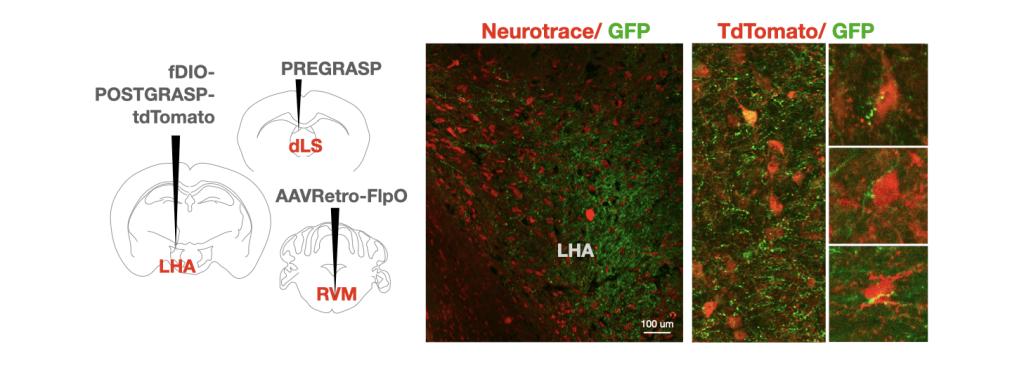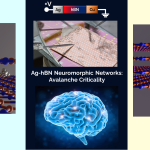
Pain and stress are tightly linked. Patients suffering from chronic pain often suffer from stress and anxiety, while persistent anxiety can make pain worse. However, how exactly these two clinically challenging conditions interact in the brain is poorly understood.
In a new study published in eLife, researchers at the Centre for Neuroscience, led by Arnab Barik, used cutting-edge mouse genetic and optogenetic techniques to map out a neural network that stretches from a small structure in the front of the brain called the lateral septum to the spinal cord. The network includes structures in the hypothalamus and hindbrain nuclei.
They show that when mice are exposed to stress, a cascade of neural activity in the lateral septum ensues. The lateral septum, in turn, shuts down neurons in the hypothalamus, which consequently affects the downstream activity in the brainstem and spinal cord affecting pain sensation.
This work can have long-term implications for how interactions between pain and stress are understood. It can also help in the development of novel therapeutics that can restrict stress-induced exacerbation of chronic pain.

(Image courtesy: Arnab Barik)






